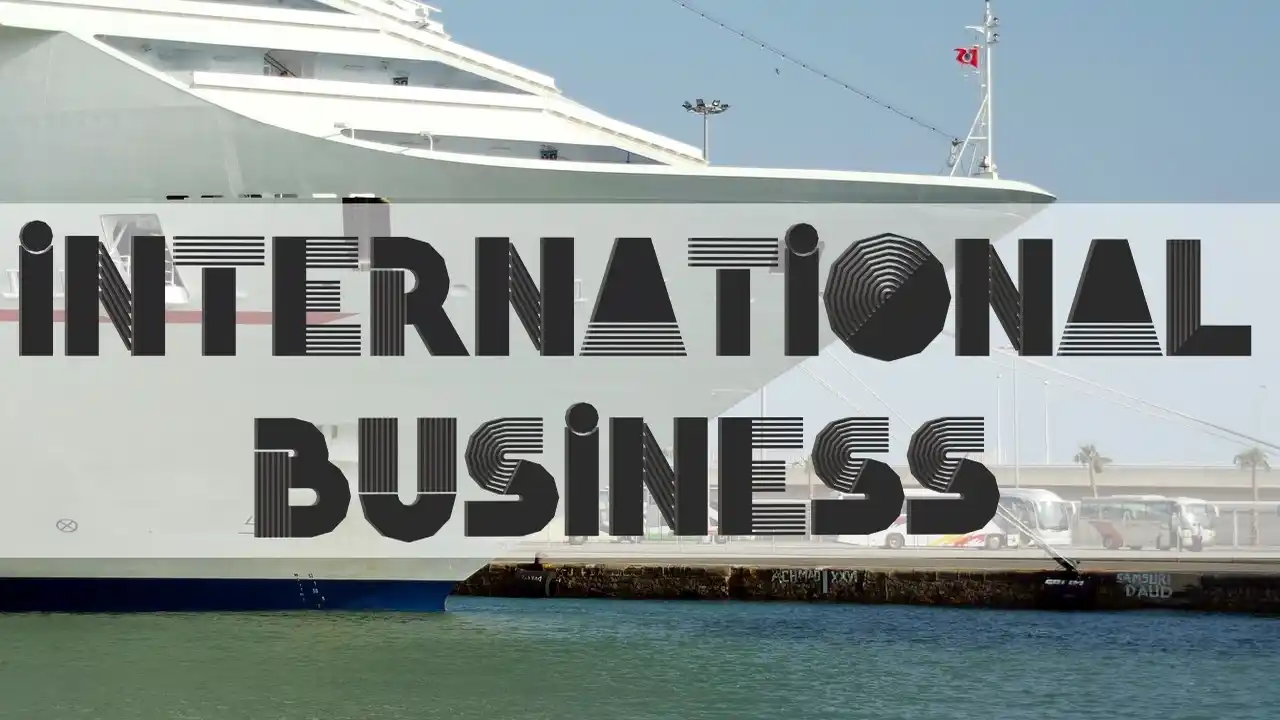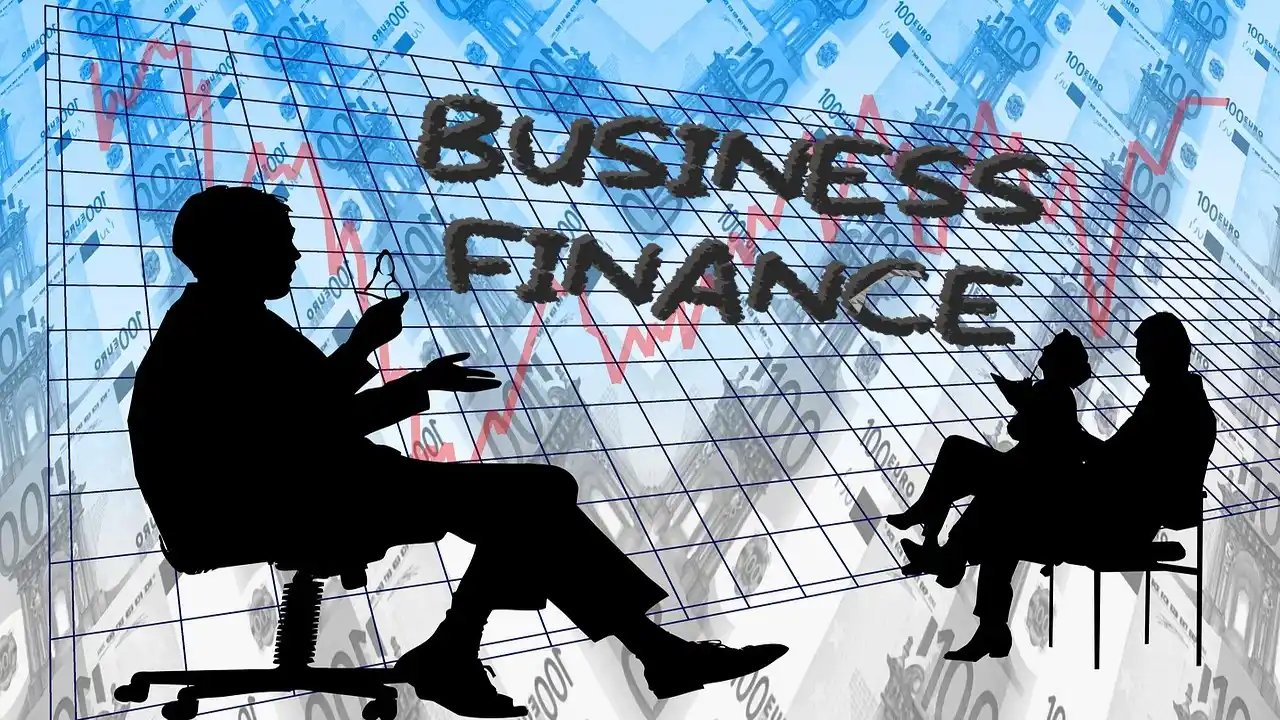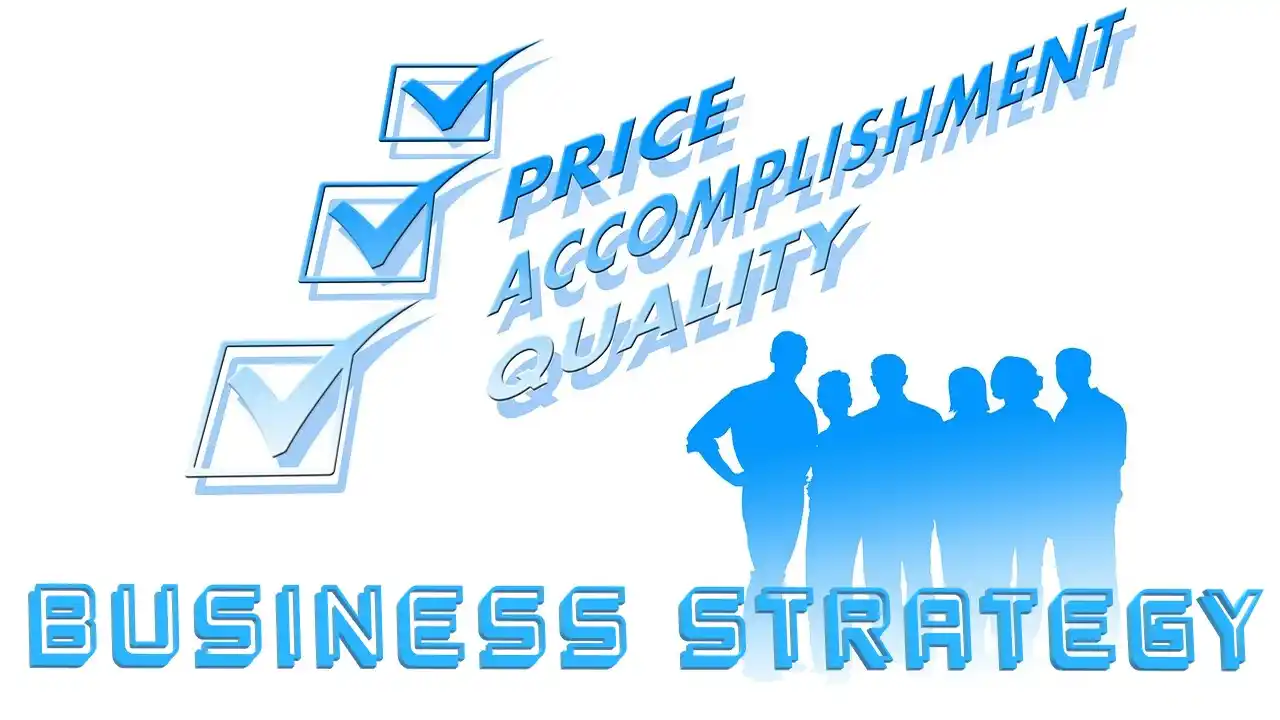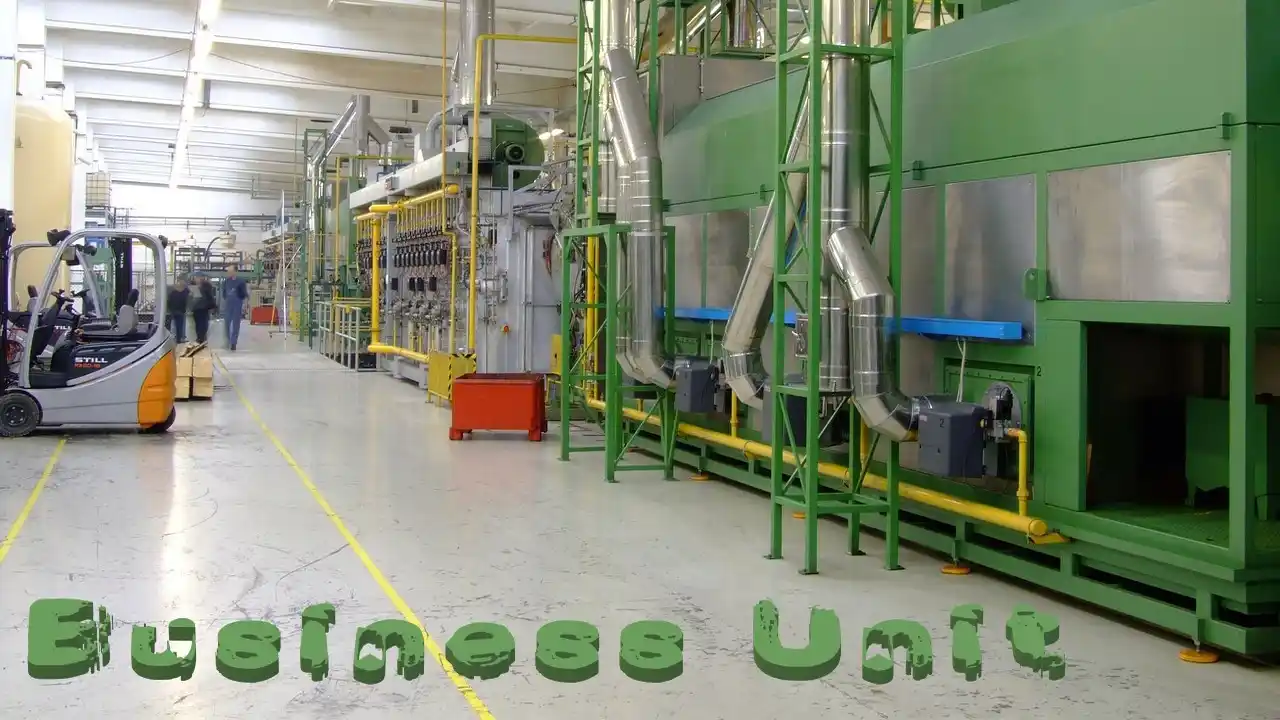A company’s business environment is comprised of many internal and external factors and forces that have a significant impact on its operations. Both an organization’s internal and external environments can have direct or indirect effects on its operations. These two environments comprise the work environment.Internal environment examines all aspects of a business that are entirely under the control of the management. These factors are fairly simple to anticipate, so the organization can take steps to mitigate their impact on its operations. Read on to discover everything there is to know about structure of business environment and to become a subject matter expert on it.
The exterior environment, which is divided into tiny and large habitats. You should also study the various components of the business environment, including the economic environment, the technological environment, the social environment, the demographic environment, the political and legal environment, and the international environment. To learn more about the importance of business environment, read this article.
Structure of Business Environment
The elements of a company’s environment that are beyond its control are referred to as its external environment. These are circumstances over which a business has no control or oversight. The external factors that influence an organization’s working environment can divide into the following categories: Microenvironment vs. Macroenvironment. structure of business environment will cover in-depth in this article, along with various examples for your convenience.
Internal Situation
It refers to the components of a group that have an effect on its operation. The majority of people believe that these factors are under the control of the organization, meaning that they can modify or adapt.
Financial Strength
As part of an organization’s financial capabilities, its cash flow, how those funds are used and managed, and anything else that effects its capacity and ability to implement its strategies are considered. Numerous factors are associated with various funding sources, including capital structure, capital acquisition, financing pattern, working capital availability, borrowings, capital and credit, reserves and surplus, and relationships with banks and other financial institutions.
When using money, it is important to consider capital investment, the purchase of fixed assets, the purchase of current assets, loans and advances, the distribution of dividends, and the relationship with proprietors.Financial administration encompasses accounting and budgeting, a management control system, the financial status, cash, inflation, credit, return, and risk management, cost reduction and control, and tax planning and control.
Capability in Marketing
Concerns regarding marketing potential include a product’s price, promotion, and distribution, as well as any other factors that influence an organization’s ability and capacity to achieve its objectives.
General management capability is the integration, coordination, and direction of an organization’s functional capabilities toward shared objectives, as well as all other factors that influence an organization’s capacity to implement its plans. This is one of the structure of business environment.
Outside Environment
The external environment of a business consists of everything that can either assist or harm it. In a broader sense, the “external environment” can refer to a variety of factors, such as the global, national, and local economies. The external environment encompasses a vast array of macro-level effects, such as societal and demographic shifts, the government system, technological advances, business attitudes, energy sources, raw materials, and other resources.
We have so many diverse notions regarding the environment that we could refer to it as “the generic environment.” All organizations are concerned about the environment in some capacity. However, each organization’s immediate concerns confine to a small portion of the general environment, which could describe as highly pertinent.
This allows the team to concentrate on matters directly related to its mission, goals, objectives, and plans. A company will consider the aspects of its environment that have an immediate impact on its strategic management process. However, the extent to which these influences are considered will depend on how the organization views its environment.
The Micro-environment
A number of minor environmental factors influence the day-to-day operations of an organization. On the other hand, each micro factor may not have the same effect on every company in the industry.
Suppliers, for example, are an essential component of the micro-environment because they are typically willing to sell items to large companies at much lower prices than they charge small businesses. They do not view small enterprises the same way they view large corporations. This is the structure of business environment.
Customer
Obtaining and retaining customers should always be a company’s top priority. This is done to guarantee the company’s long-term profitability and market position. To ensure customer satisfaction, it is necessary to closely monitor the consumer’s requirements and desires. This will increase the number of devoted customers for the business.
This will result in the company gaining more and more loyal customers. Not only should consumer preferences and interests monitor as they evolve, but they should also anticipate in advance so that the company can make the necessary modifications to the product or service profile. Customers are a company’s raison d’être and its beating core. They are the company’s foundation.
Products
Important aspects of a corporation’s operational environment include demand, image, features, utility, function, design, life cycle, price, promotion, distribution, uniqueness, and availability of substitute products or services. When attempting to acquire and retain customers, the product or service’s benefits are the most crucial aspect to consider.
Intermediary in Marketing
This includes everyone who assists in transporting finished goods from their site of manufacture to their final destination. These are “middlemen” in the distribution chain. Their task is to facilitate the delivery of the product or service to the end user.
They could be few or numerous, depending on the length of the company’s distribution chain and the type of distribution system it employs. Long-term, the organization will benefit from this chain’s smooth operation and absence of friction.
Competitors
The globe is now essentially a single market. There is intense competition in all fields. A company competes for market share and sales with other companies that manufacture similar products.
These must be treated well, and market intelligence is required to determine their long-term objectives and aspirations. These can have a significant impact on whether an organization’s finances improve or decline. This is the structure of business environment.
Suppliers
Suppliers, especially those that offer raw materials, components, and machinery, are an essential part of a company’s immediate environment. In order to meet the needs of final customers, suppliers must be reliable and work together as partners in business.
If the company can rely on its suppliers, there is no reason to maintain a large inventory, as doing so increases the risk of damage and obsolescence and makes it more difficult to generate operating capital.
Environment at a Glance
The macro environment consists of intractable social factors and influences all other environments. They present enormous opportunities for any type of business, but also pose risks that can be disastrous if a company is not protected against them. Regarding strategic planning and decision-making, it is crucial to be aware of and knowledgeable about this environment.
Compared to the microcosm, it is considerably larger. It includes the individuals, groups, organizations, agencies, events, conditions, and external forces with whom the organization interacts daily. The macro environment is the most influential environmental factor for the growth and organization of businesses.
The Socio-cultural Setting
This is about the people and lifestyles in the region where the organization conducts business. Since it is a general phenomenon, it affects nearly all businesses in the same manner.
The social environment encompasses languages, beliefs, behaviors, customs, education, and other factors impacting business operations. Individual purchasing and consumption patterns are significant and influential components of the social world.
Political Situation
The political environment consists of many aspects of public administration and how they influence the operation of an organization. The political climate has a significant impact on the business’s structure and governing rules. Countries that adhere to communism, for instance, have centrally planned economies.
In the majority of nations, there are laws governing investments, other business-related issues, and the conduct of business. These regulations encompass a variety of topics, including product standards, packaging restrictions, marketing, etc.
Economic Situation
The macroeconomic environment consists of patterns associated with numerous aspects of producing and sharing money. However, these patterns can affect the operation of a business.
The manner in which the government plans, promotes, and regulates economic activities is a component of the regulatory environment. These are the types of factors that can influence how a business operates.
Technological Setting
The technological world consists of things such as applied knowledge and the materials and machines utilized in the production of products and services. These factors affect how a business operates.
The fastest-changing aspect of the world is technology, and this holds true for many enterprises. One company interest in both the technology and manufacturing processes of its products. This world is comprised of technological advancements and technological regressions. This is another structure of business environment.
Environment Demographics
The population of a region is the most significant aspect of its environment, both in terms of its composition and its prominence. A complete and accurate demographic profile of a location’s population will have a significant impact on business decisions. Before beginning work on a strategy, any group would do well to examine the aforementioned factors.
FAQ
What Effect does Bulk have on Structure?
Due to the difference in size, when a small organization develops into a large one, the organization’s structure will change significantly. In order for the organization to function effectively, more work will need to specialize, more departments will need to establish, and more regulations will need to implement.
How does Business Structure Influence Decision-making?
Most likely, the organizational structure of a company has the greatest influence on how decisions are made within that organization. The manner in which managers and individual contributors collaborate influences how they communicate, the types of disagreements that can arise, and how teams can work to resolve them.
What are its Components and how does it Impact a Business?
The economic environment, the technological environment, the social environment, and the demographic environment are components of the business environment. The economic, scientific, social, demographic, political, legal, and political climates, as well as global factors, influence the “general environment” of an organization.
Final Words
However, the economy is constantly fluctuating and experiences numerous ups and downs. Accordingly, the business environment define as the totality of all factors that cannot alter by a company’s management. These are the things that are constantly evolving, and they bring both opportunities and risks or unknowns that can make or destroy a company’s future. Read on to learn more about structure of business environment and become the subject matter expert on it.






